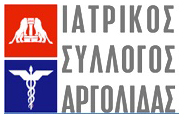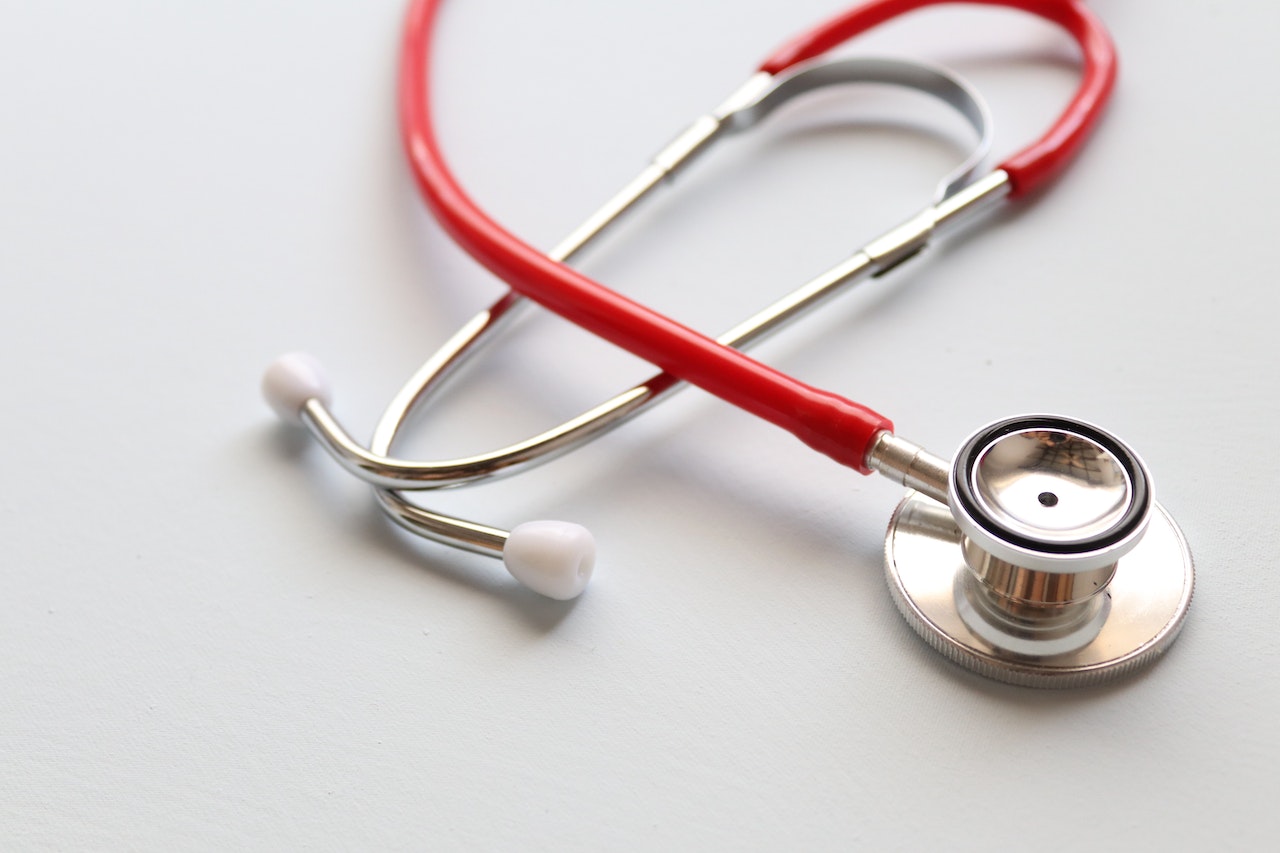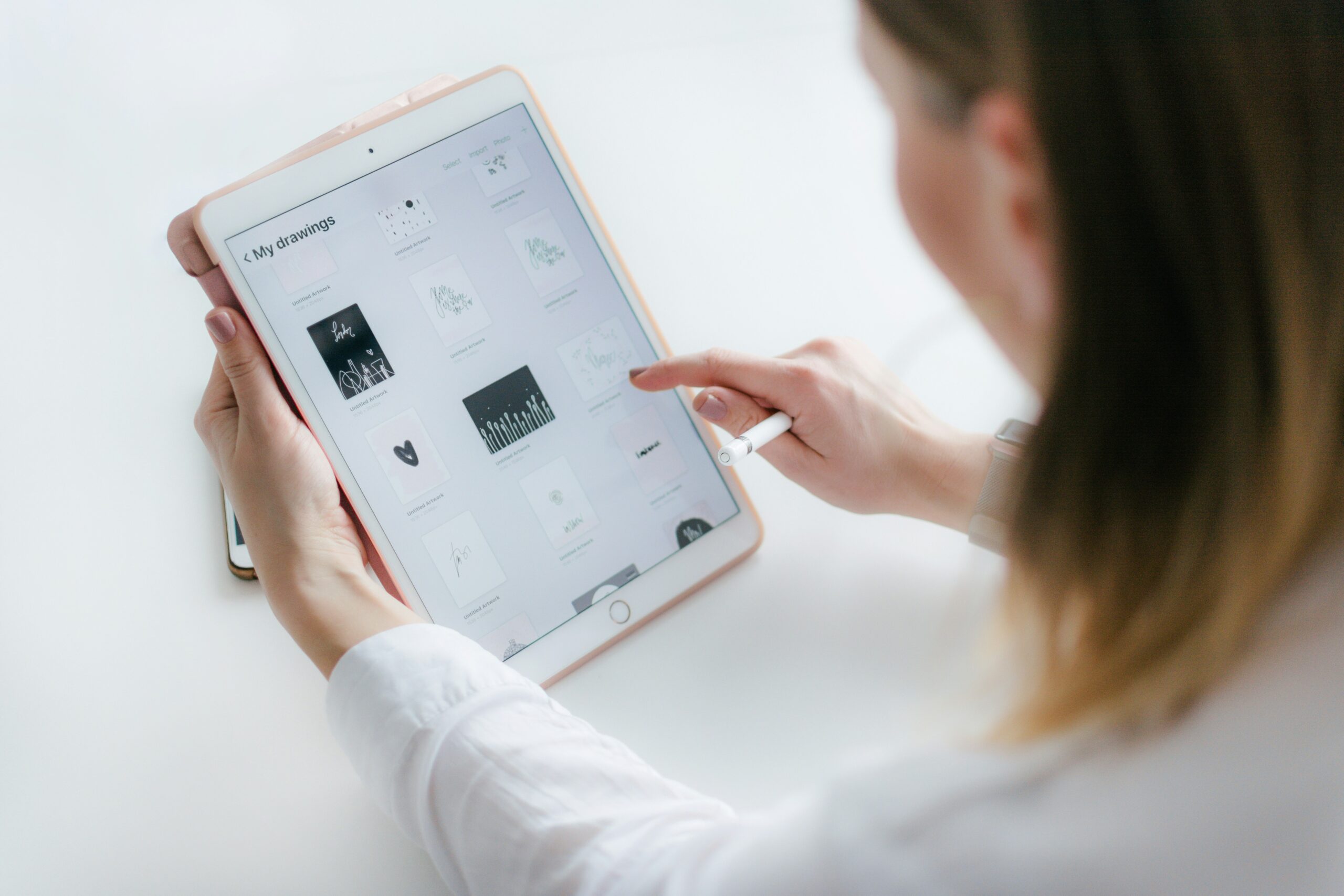Endoscopy During the COVID-19 Pandemic
New England Journal of Medicine
March 17, 2020
Charles J. Kahi, MD, MS reviewing
Recommendations to mitigate disease spread from an endoscopy group at one of the epicenters of the outbreak
COVID-19, caused by severe acute respiratory syndrome coronavirus (SARS-CoV-2), is now a worldwide pandemic. Italy currently has one of the highest infection rates and has implemented strict measures to limit spread. In this paper, endoscopy experts in Italy outline their approach to mitigating risk in their endoscopy unit:
Patients are categorized according to COVID-19 risk: Low-risk patients are those with no symptoms (cough, fever, dyspnea, diarrhea), no contact with an infected person, and no travel to a high-risk area in the preceding 14 days. Intermediate-risk patients have symptoms but no contact or travel history, or no symptoms but contact with an infected person or travel to a high-risk area. High-risk patients have symptoms in addition to either contact with an infected person or travel to a high-risk area. (Note: As the authors suggest, clinicians should continually seek the most up-to-date information on high-risk areas through the CDC or WHO).
Prior to a scheduled procedure, all patients are called and surveyed about respiratory symptoms and rescheduled if needed. Patients are reassessed when they present to the healthcare facility.
Interactions with patients (such as informed consent, vital signs) have to be performed while maintaining some distance, and with rigorous hand washing routines before and after interactions.
Personal protective equipment (PPE) is to be worn for all procedures, and the components vary according to patient risk stratification. For all low-risk patients and for intermediate-risk patients undergoing lower GI procedures, PPE includes surgical mask, hairnet, goggles, single-use gown, and gloves. For high-risk patients and for intermediate-risk patients undergoing upper GI procedures, PPE should include a respirator mask (such as N95), hairnet, goggles and/or face shield, long-sleeved water-resistant gowns, and at least two pairs of gloves.
Negative-pressure rooms should be utilized when possible, especially for high-risk patients.
Note to readers: At the time we reviewed this paper, its publisher noted that it was not in final form and that subsequent changes might be made.
EDITOR DISCLOSURES AT TIME OF PUBLICATION
CITATION(S):
Repici A et al. Coronavirus (COVID-19) outbreak: What the department of endoscopy should know. Gastrointest Endosc 2020 Mar 14; [e-pub]. (https://doi.org/10.1016/j.gie.2020.03.019)










COMMENT
The COVID-19 pandemic is still evolving and its ultimate course unclear. This paper summarizes a wealth of firsthand experience and should be a blueprint for endoscopy practices in the U.S.